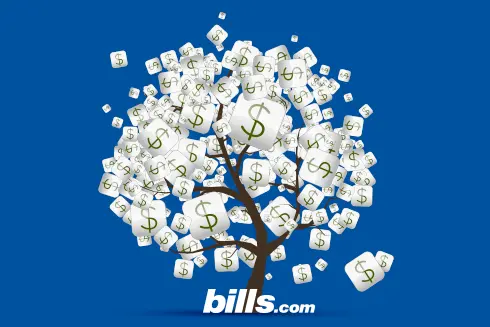
Get rid of your debt faster with debt relief
Choose your debt amount
Or speak to a debt consultant 844-731-0836
Does it make more sense for me to pay-off my credit card or buy a newer car that will have cheaper maintenance costs?
I just started a job about two months ago, and earn $12 an hour full-time now and in June I will make $14 an hour. My car has been acting up. I spend almost $600 to get it fix and get to work the week and a half it was down. I am trying to save up money for a newer car, since I have a 2001 Ford Focus. I am looking to put down $3,500 and trade for a car between $10-13,000.00 in June. I am hesitant because I am 6,800 in credit card debt and I am in graduate school full-time. I don't want to purchase a car that will be unreliable since my job is not on a bus line. The only bills I am currently paying are cell phone 60, car insurance 80 and rent 150 a month (I live with my older brother who is letting me get myself together). My plan was to get a car in July and pay off my credit card by June of 2011. Is a car in that range too much or should I focus on my credit card debt first?
As you mentioned, it is frustrating and wallet-draining to repair a used car continuously. Meanwhile, Madison Avenue is bombarding us with messages from vehicle manufacturers that the answer to our needs awaits on the lot at the local car dealer.
Set aside the hyperbole and look at the numbers. According to a 2007 study by the American Automobile Association, the average annual cost of depreciation on a new vehicle is $3,392 per year. A new vehicle loses 15% to 20% of its value the moment a consumer buys it and turns it into a used car.
Your used vehicle is not the newest on the road, and may not have built-in Bluetooth link to your cellphone, a hard disk for MP3s, or in-dash GPS, but it is probably paid for and is depreciating at a rate of a few dollars per month. A $600 repair seems extravagant when you earn $12 per hour, but let us compare that to the alternative.
Cost of Buying a Car
Let us say that you buy a newer used car today using your numbers. Your trade-in and down-payment total $3,000, and you buy a $13,000 car. We will ignore taxes and title costs for simplicity. Your loan amount is $10,000. An average rate today for used cars is 11%, but varies based on your credit history. We will choose a 48-month loan, though you can find shorter and longer terms. Your monthly payment will be about $260. On top of that will be higher insurance premiums because you are driving a newer car, plus repairs, which may or may not be the same as what you are paying today for your existing car. Hidden in your monthly cost is the depreciation, which would be about $283 per month.
Therefore, the monthly cost for a new vehicle would be the $260 loan payment, plus insurance, plus repairs, plus the depreciation. Compare that to what you are paying now for your existing vehicle.
Credit Card Debt Cost
You mentioned you have $6,800 in credit card debt. Look at your monthly statement to see your interest rate, minimum payment, and expected pay-off date. If, for example, you have a 16% rate (today's national average) you are probably making a minimum payment of $160. If my assumptions are correct, it will take you 5 years, 4 months to achieve debt freedom during which you will pay $3,390 in interest. By boosting your monthly payment to $260 -- the amount of your car payment -- your pay-off date will be 2 years, 9 months, during which time you will pay $1,600 in interest.
Recommendation
No doubt my numbers are different from your actual amounts, but my point is the same: A newer car would be nice, but it makes more sense economically to apply the amount you would be paying for a new car to retire the credit card debt.
I hope this information helps you Find. Learn & Save.
Best,
Bill

Get rid of your debt faster with debt relief
Take the first step towards a debt-free life with personalized debt reduction strategies.
Choose your debt amount
Or speak to a debt consultant 844-731-0836